Neurofeedback Therapy
The Ultimate Brain Treatment & Brain Therapy
Integrative Care for Concussion / Traumatic Brain Injury Patients by our facilities throughout Florida.
Take Control of Your Brain Health with Effective Neurofeedback Therapy at Radius TBI in Ft. Lauderdale, Tampa and Orlando, Florida.
Head injuries can happen from an accident, sports, or even from a fall. Depending on the severity and location of the injury, these incidents can lead to cognitive, physical, and emotional difficulties. It can take months or even years for someone to fully recover from a head injury. However, various treatment options are available to help patients heal and regain their lost functions. One of the emerging and promising treatment options is neurofeedback therapy. In this blog post, we will explore what neurofeedback therapy is, how it works, types of neurofeedback therapy, procedures involved, expectations, benefits, risks, side effects, and who might benefit from it.

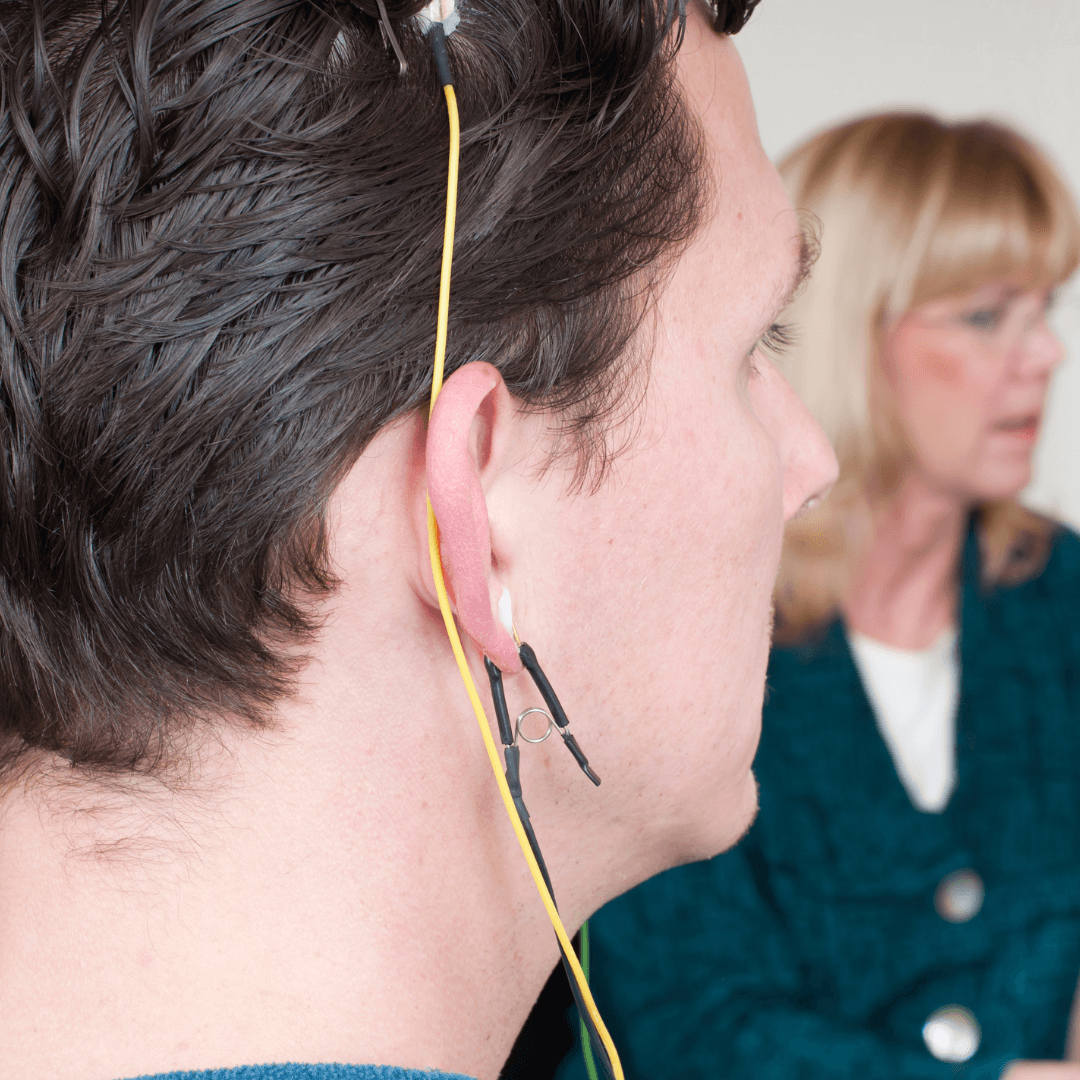
Get Effective Brain Treatment with Proven Neurofeedback Treatment.
Neurofeedback Treatment is an excellent complementary treatment option that can be used alongside other conventional therapies to promote a faster and more comprehensive recovery.
Neurofeedback therapy is a promising and non-invasive treatment option for head-injured patients who are struggling with cognitive, physical, or emotional difficulties. It uses EEG technology to measure and regulate brainwave activity, leading to improved brain function and overall well-being.
Discover the Power of Neurofeedback Therapy
for Optimal Brain Performance
1
What Is Neurofeedback Therapy?
Neurofeedback therapy is a non-invasive, drug-free treatment method that uses electroencephalography (EEG) to measure the brain's electrical activity. It helps patients to control their brainwaves and teaches them to self-regulate their brain function. By doing so, patients can improve their cognitive, physical, and emotional abilities. Neurofeedback therapy is also known as EEG biofeedback or neurotherapy.
2
How Does Neurofeedback Therapy Work?
Neurofeedback therapy works on the principle of neuroplasticity, which suggests that the brain can change and reorganize itself in response to new experiences. During a neurofeedback session, electrodes are placed on the scalp, and the patient is asked to perform a cognitive or physical task. The EEG machine measures the brainwaves and gives feedback to the patient through visual, auditory, or tactile signals. The feedback is customized based on the patient's brainwave activity, and it helps them to modify their behavior and enhance their brain function.
3
What Are The Types of Neurofeedback Therapy?
There are different types of neurofeedback therapy available, depending on the patient's needs and the condition being treated. Some of the common types are:
- Alpha/Theta (A/T) training
- Sensory Motor Rhythm (SMR) training
- Slow Cortical Potential (SCP) training
- Low Energy Neurofeedback System (LENS)
- HEG (Hemoencephalography) Neurofeedback
- Z-Score Training
4
What Procedures Are Involved in Neurofeedback Therapy?
Session typically starts with an initial assessment of the patient's medical history, symptoms, and goals. Based on the assessment, the therapist decides the appropriate neurofeedback protocol and explains the procedure to the patient. During the session, the patient sits comfortably, and the therapist applies electrodes to the scalp. The patient is then asked to perform a cognitive or physical task while the EEG machine measures their brainwaves and gives feedback. A typical session lasts between 30-60 minutes, and the number of sessions required depends on the severity of the injury and the patient's response.
5
What to Expect From a Neurofeedback Therapy Session?
During a session, the patient may experience a sensation of tingling or warmth on the scalp due to the application of electrodes. They may also hear or see the feedback signals, which can be loud or bright. However, the patient is always in control of the feedback, and they can ask the therapist to adjust the volume or brightness if it is uncomfortable. Patients may also experience improvements in their cognitive, physical, and emotional abilities, such as better attention, memory, balance, and mood, after several sessions.
6
Who Might Benefit From Neurofeedback Service?
Neurofeedback therapy has shown promising results in treating various conditions, such as traumatic brain injury, concussion, stroke, attention-deficit hyperactivity disorder (ADHD), anxiety, depression, and chronic pain. It may also benefit athletes who want to enhance their performance or individuals who want to improve their overall brain function.
7
Is Neurofeedback Treatment Safe?
Neurofeedback therapy is generally safe and non-invasive. However, there are some risks associated with it, such as a headache, fatigue, nausea, seizures, or skin irritation. These risks are rare, and they can be minimized by seeking therapy from a licensed and experienced therapist.
8
Are There Any Side Effects?
Neurofeedback therapy does not have any major side effects. However, after a session, patients may experience mild side effects such as fatigue, dizziness, or anxiety. These side effects are temporary and usually go away within a few hours.
9
Who Shouldn't Use Neurofeedback Therapy?
Neurofeedback therapy is not recommended for patients with a history of seizures, epilepsy, or serious mental illness. Patients who have pacemakers, electronic implants, or metallic objects in their bodies should also avoid neurofeedback therapy as it may interfere with the EEG signals.
10
What Are Other Treatment Options?
Neurofeedback therapy is a complementary treatment option that can be used alongside other conventional therapies such as physiotherapy, occupational therapy, speech therapy, or medication. It is always recommended to consult with a healthcare professional to determine the best treatment options for your condition.
Our neurofeedback therapists are certified by BCIA (Biofeedback Certification International Alliance)
The BCIA Board Certification (BCIA.ORG) in Neurofeedback is a fundamental accreditation that acknowledges healthcare professionals who have successfully fulfilled the specified educational and training prerequisites in the realm of Neurofeedback.
If you or someone you know has suffered a head injury, Neurofeedback might be the key to unlocking the full potential.
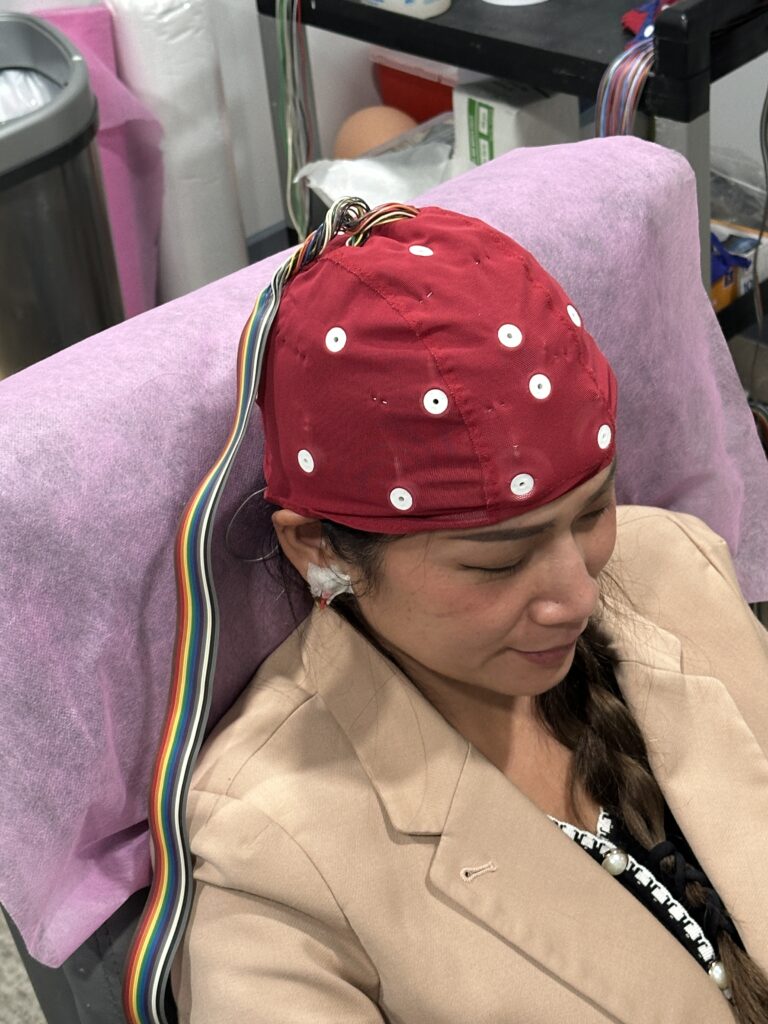
QEEG Brain Map Interpretation
In the world of neuroscience, one of the advanced tools used to understand brain function is the Quantitative Electroencephalogram (QEEG), often referred to as brain mapping. But who interprets these

Meet Our No.1 Best Neuropsychologist in Tampa, FL Location
At Radius TBI, we pride ourselves on providing exceptional care for individuals suffering from traumatic brain injuries (TBI) and concussions. Our integrated medical team in Tampa, FL, includes some of
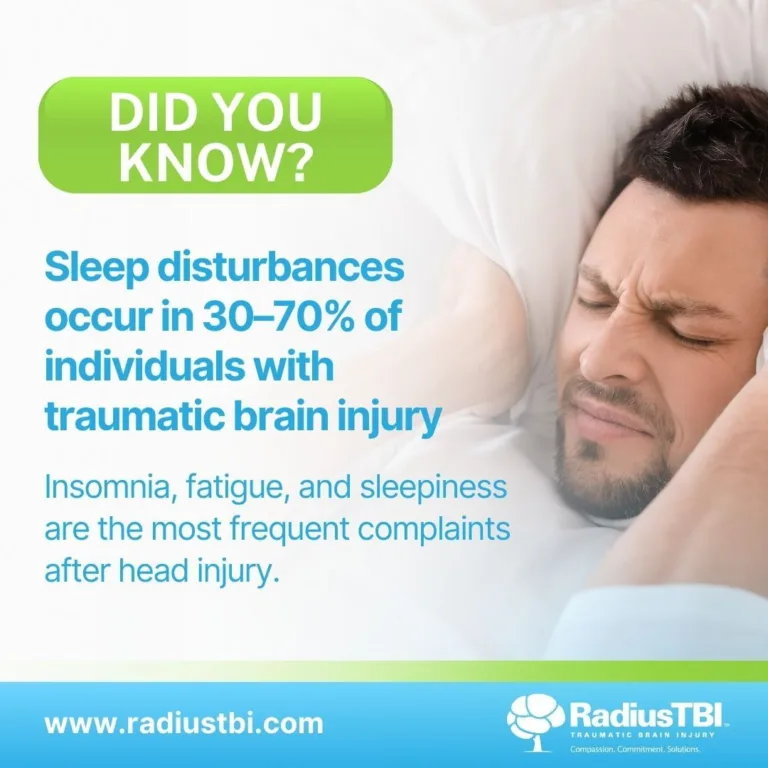
Sleep Disturbance
Did you know? Dealing with a traumatic brain injury (TBI) often means navigating a range of complications, one of the most prevalent being sleep disturbances. Surprisingly, 30-70% of individuals with
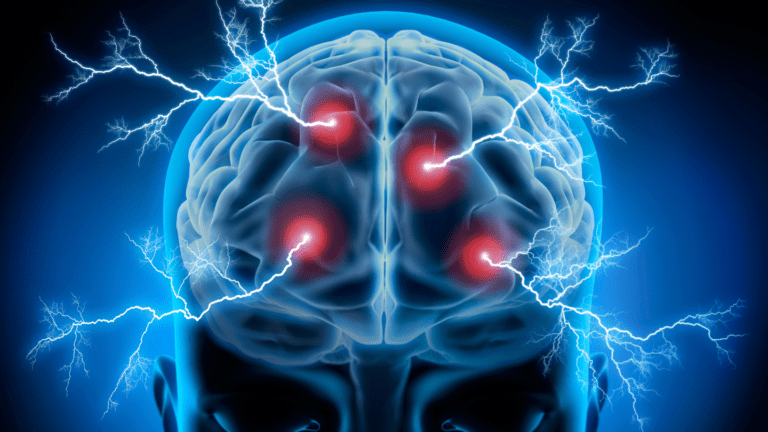
Understanding Routine EEG, QEEG, and Ambulatory EEG Tests
EEG, QEEG, and Ambulatory EEG are distinct forms of electroencephalography, each serving unique purposes in the diagnosis and monitoring of neurological conditions.
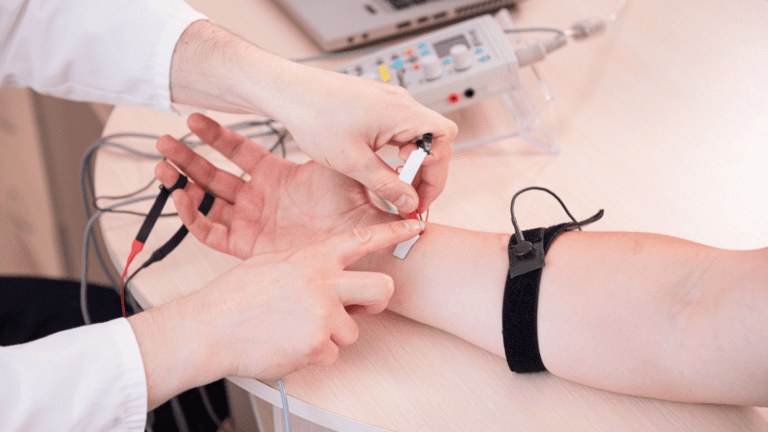
A Deep Dive into Electromyography (EMG Test): Decoding the Language of Muscles and Nerves
Electromyography (EMG) is a diagnostic procedure that plays a crucial role in unraveling the intricacies of the neuromuscular system. By measuring the electrical activity within muscles and the nerves controlling
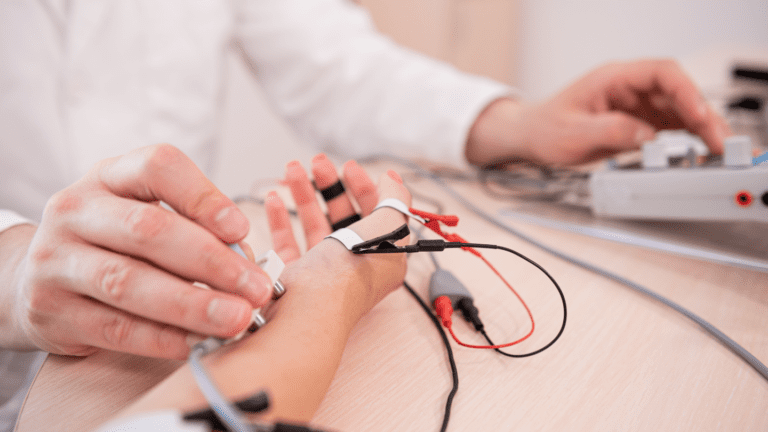
Precise Diagnostics, Proactive Care: Nerve Conduction Velocity NCV Testing Solutions in Florida
The Nerve Conduction Velocity (NCV) test is a diagnostic procedure designed to assess the speed at which electrical impulses travel along nerves. This test is an integral component of neurophysiological

